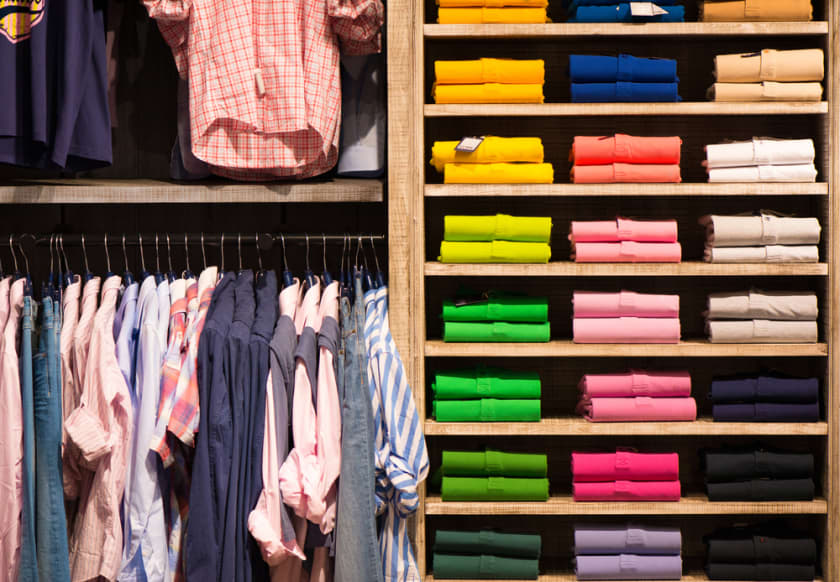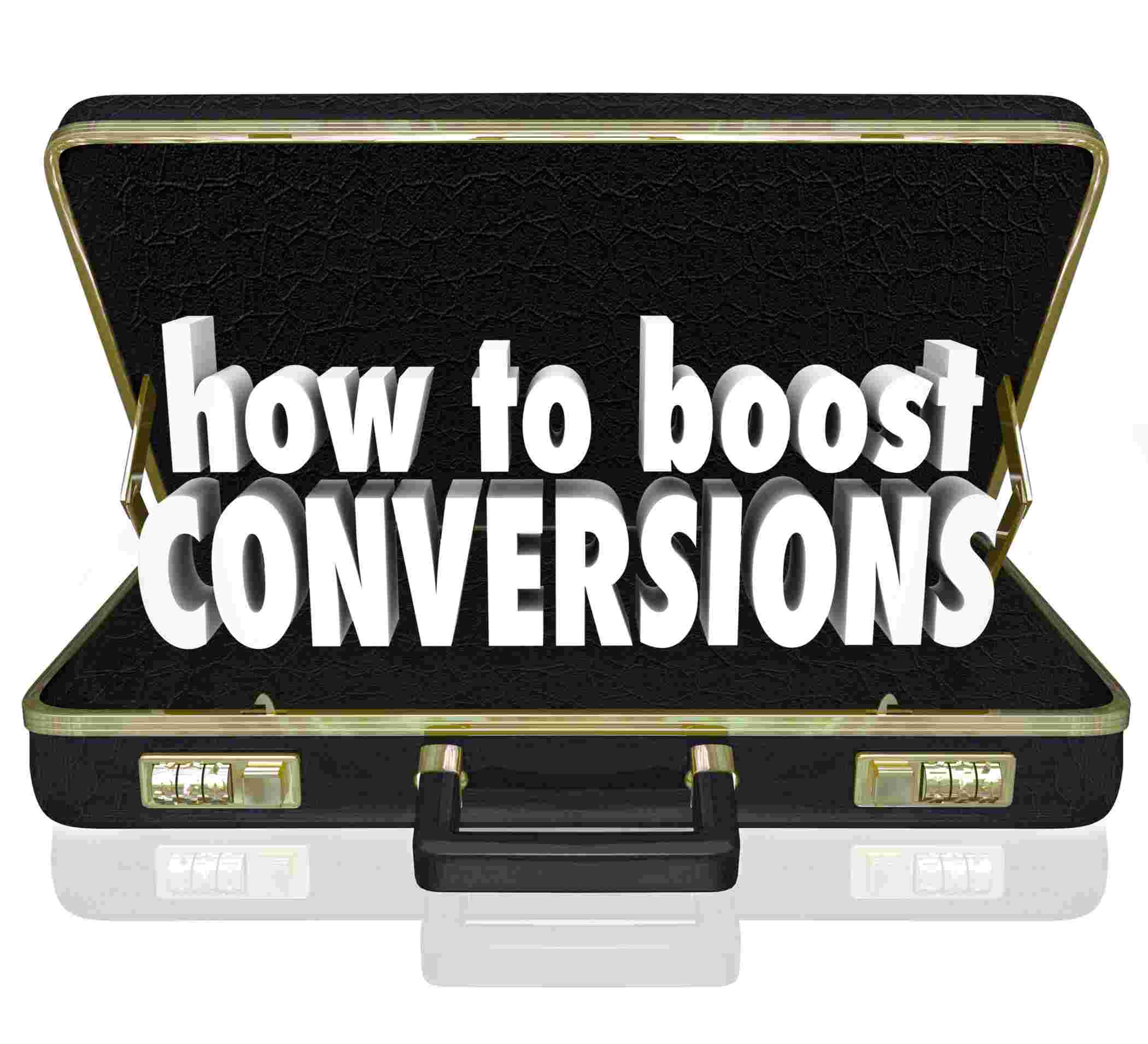Apparel Merchandising Cost Control with Thread Consumption Calculation



Introduction
In a world that thrives on competition, every little step can make a considerable difference. The world of apparel merchandising is a prime example of this. Like all businesses, profitability is the ultimate aim here. While the price is controlled by market factors, it is the cost control that can be governed by the merchandiser. Thus, effective cost control plays a significant role in this business.
A close look at the costs incurred during a garment manufacturing process reveals that a major chunk of the cost structure is the cost of the trimmings. Effectively managing the costs of the trimmings used during the manufacturing process can lead to huge competitive advantages. It is this understanding that has led to the standardized practice of thread consumption calculations in the industry.
Advantages of thread consumption calculation
Threads are a basic material used in the manufacturing of nearly all types of garments. Thus, measuring and maintaining their cost at the optimum level can help control business expenses to a great extent. Here are some cost advantages that thread consumption calculation offers.
- The first and directly visible control is on the overall expenditure for buying the thread. If the exact measure of thread required for a production run is known, it becomes easier to order only the required amount. Without these calculations, one may end up ordering extra thread and spending an additional amount on the same.
- The second advantage of knowing the exact measurement of thread required for the manufacturing step is the savings in storage and maintenance costs. When more than the required amount of thread is ordered (unless strategically done), extra storage space will be needed. Also, ensuring the quality is not affected till the thread is used in the production run would incur maintenance costs. Both these overheads can be avoided by calculating the expected thread consumption.
- If a surplus is available, there is a higher probability of wastage during the manufacturing process. However, limited availability of the resource ensures stricter monitoring and lesser wastage during manufacturing. This is a direct saving by reducing wastage.
Factors affecting thread consumption
Given the cost advantages associated with thread consumption calculation, the next obvious question is – are there any factors that affect this calculation, or is it the same for all garments? The thread consumption calculation depends on the following factors.
- The thickness of the fabric (this impacts the thickness of the seam and thus the thread required)
- Type of stitch (Stitch classes such as lock stitch and cross stitch)
- Stitches per cm (SPC) or inch (SPI): The standard calculations used are 7 SPC or 18 SPI.
- The thickness of the thread in question
- Tension in the thread during stitching

While these are the major factors that are considered during calculations, other factors also impact the thread consumption calculation. These include the pattern, the garment being produced, and the quantity being produced in a typical production run.
How to measure thread consumption?
Having understood the significance of thread consumption calculation and its role in cost control for apparel merchandisers, let us now take a look at some of the ways thread consumption can be calculated. There are two major ways this is done in the industry.
1. Manually calculating thread consumption for a single garment
As the name suggests, in this method, the thread consumption during a single garment production is calculated manually. This is then multiplied by the number of similar garments planned to be produced, and the total consumption requirement is calculated. This is how the thread consumption for a single garment is calculated:
A particular length of the seam is sewn using the thread planned to be used. The thread is then pulled out of the seam, and this length is measured. The same process is re-applied for all the seams that need to be sewn. The total length of the thread required for the complete garment is then added up.
For e.g., to produce a men’s T-shirt, the following seams need to be measured
- Collar
- Label
- Sleeve tuck (x2)
- Side seam
- Neck joint
- Shoulder joint
- Bottom hem
- Sleeve hem
- Top stitch – shoulder
- Top stitch – back neck
The thread consumption of each of these is measured, depending on the type of machine and stitch class required. All of these measurements are then added together to find the overall thread consumption required for the T-shirt.
2. Calculation using standard consumption ratios
The other and more convenient method used to make thread consumption calculations, especially for standard garments, involves calculating using standard ratios for these garments. These ratios have been derived mathematically for the typical garments and use a standardized SPC of 7.
The following table represents a sample of the standard ratios for garments that are also used in some sewing management software solutions for faster calculation.
| Stitch Class | Stitch Description | Thread Ratio | No. of Needles | Needle Thread % | Looper thread % |
| 301 | Lock stitch | 2.5 | 1 | 50 | 50 |
| 101 | Chain stitch | 4.0 | 1 | 100 | 0 |
| 401 | Two-thread chain stitch | 5.5 | 1 | 25 | 75 |
| 304 | Zigzag lock stitch | 7.0 | 1 | 50 | 50 |
| 503 | Two-thread overedge stitch | 12.0 | 1 | 55 | 45 |
| 516 | Five-thread safety stitch | 20.0 | 2 | 20 | 80 |
Here is an example of how these measurements are used for thread consumption calculation.
Seam length: 100 cm (1 m)
Stitch class to be used: 101 (chain stitch).
Using the table, the total thread consumption is calculated as 100 x 4.0 = 400 cm.
This consumption is completely for the needle thread as the stitching class uses 100% of the thread for needle thread.
Other considerations in Thread Consumption Calculation
While making calculations using either of the methods outlined above, the following additional considerations must be made to get a better estimate of the requirement.
- Wastage allowance: It is a standard practice to include an additional 5 to 10% of the overall thread consumption requirement. This is to account for any wastage or breakage that may occur during the manufacturing process.
- Multiple threads: Though not a standard practice, some designs may require more than one type or color of thread for a particular garment. Thus, individual thread consumption should be calculated taking into account this particular aspect, instead of a single overall calculation.
- Stitch density: If the pattern of the garment requires a different stitch density, the calculations must be appropriately adjusted to factor in the same.
Bringing it together

Thread consumption calculation can play a significant role in cost control for an apparel merchandising operation. This ultimately has an impact on the overall profitability of the business and, hence, thread consumption must be carefully considered. A little planning effort with the help of this calculation can encourage better utilization of thread, leading to cost advantages.
If you found this information helpful, there are many such informative articles available on the Fashinza website. A B2B platform designed keeping in mind the specific needs of the fashion industry and its various stakeholders – designers, merchandisers, suppliers, and manufacturers – this is the perfect platform to address your queries and information requirements.



















